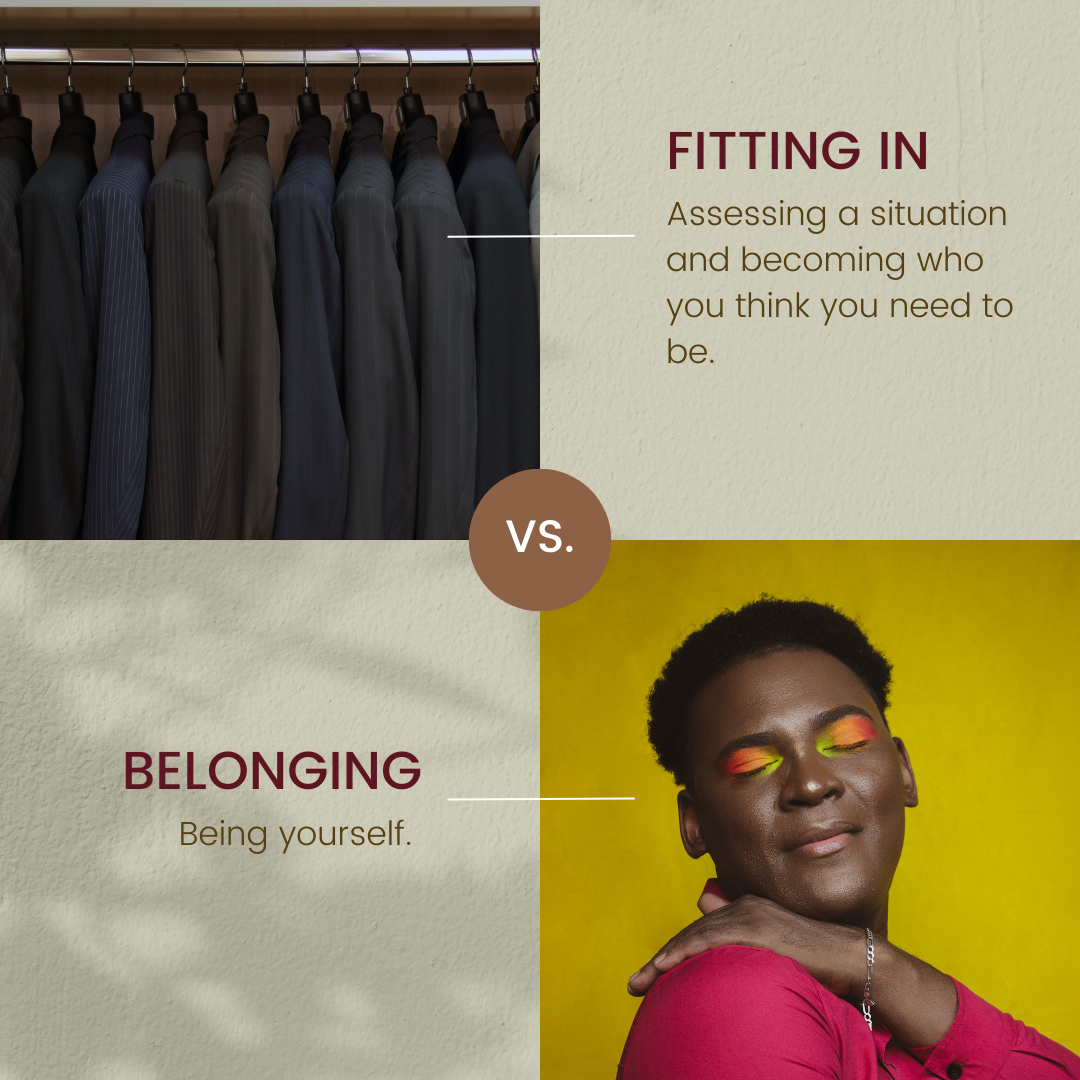DEI, IDEA, EDIAA – What is the desired outcome of these initiatives?
It’s to feel like you belong instead of being made to feel like you need to fit in.
When I consult or train on DEI and anti-racism, a common worry is:
But that means people can do and behave however they want!
Here’s what’s not considered in that thought: context.
When someone accepts a job, they agree to:
- carry out the job’s tasks
- supporting the mission and vision,
- embody the organization’s values and
- observe its policies on DEI, anti-racism, anti-harassment, anti-bullying and more.
That’s why leadership and staff must be clear on what the above means in practice.
Take, for instance, the value of respect.
For some organizations, this means following leadership’s direction without question, even if it creates an environment of toxicity, intimidation, and harassment.
For others, respect means practicing curiosity, especially when there are disagreements and practicing active listening to the point where all involved truly feel heard, even if they disagree.
Take a moment and reflect. Is your work culture one where you feel like you truly belong or one where you feel compelled to fit in?
Answering that question creates the clarity needed to know how to function in your role and how your values align with your work values. From there, you can take the next best step for you.

P.S. To receive more support on applying a diversity, equity and inclusion lens to policies and procedures or to help your team use this lens to their work sign up for a chat with me here or email me at jo@jorodrigues.net

